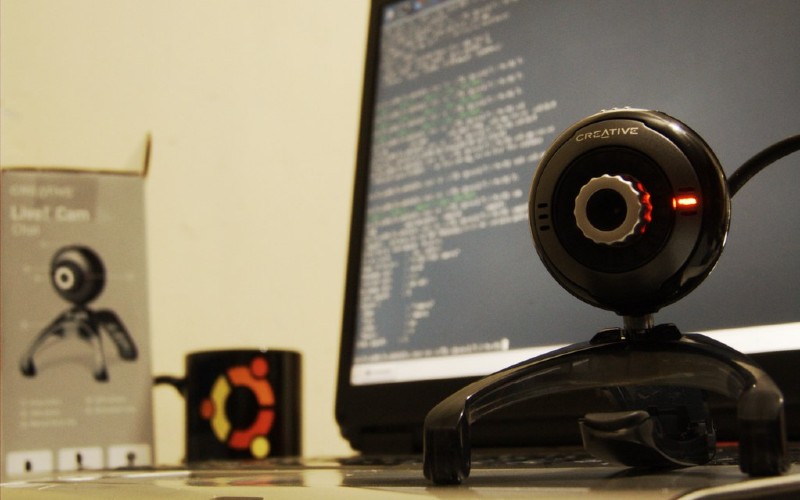Microsoft’s Teams recently added the ability for users to turn off webcams in favour of appearing as 3D avatars. Operating under the name of Microsoft Mesh, this feature will allow users to customise their avatar with body type, skin tone, hair clothing, and much more. With the potential of integrating with VR, this step forward has been heralded as a step in the right direction for workers.
Mesh works with an understanding of how complicated webcam streaming can be on a psychological level, and though it can be preferable, this is an area where choice is extremely important. Other industries have embraced multisided approaches, where Mesh is an extension of existing concepts into the professional space.
A Precedent of Choice
The first places to set the stage for allowing streaming and non-streaming options became famous in entertainment. One such example is illustrated by online blackjack at Paddy Power. Beginning with titles like original and Vegas varieties, this online casino would go on to open its doors to live versions of the game too. Offering a streamed version meant players could embrace a more realistic feel while keeping the classic methods of play up meant they always had a choice. Even if it’s watching a streamer and not participating on a webcam themselves, some people prefer a traditional online experience, and for two-way work uses like Teams, this becomes even more pronounced.
Zoom Fatigue
Popularised following the extra emphasis on working from home in 2020, the exhaustion many would face in video calls would become known as Zoom fatigue. Named after the various forms of Zoom that exploded in popularity during this time, Zoom fatigue ties into four primary phenomena.
As described by Stanford, these include the intensity of close-up eye contact, constantly seeing yourself, a reduction in usual mobility, and an increase in cognitive load in video chats. Just one of these can apply to entertainment like live casino games, and with more avenues of stress with many live users at work, the problem is magnified. While some more extroverted workers might have no problem with this approach, and could even thrive within, anyone more introverted can experience extreme discomfort during these chats. The aftermath can then be a poor mood, which can manifest as poor work performance.
A Solution if Embraced
The idea of Mesh is a sound one, but it remains to be seen whether it will be fully embraced. Meeting culture is a common component of business, and it’s often pushed despite the wishes of the staff. Because Mesh presents greater opportunities for employees to not pay attention, it’s possible that management could see it as a threat, and thus disable the option when they can.
Some businesses will be more forward-thinking in their adoption of Mesh, and the same can be said for its advanced VR functionality. With VR, with Microsoft’s other services like Office, entire meetings could be held in virtual space, while avoiding many of the stressors which Zoom and traditional meetings incur.
Ultimately, choice is the most important factor in keeping workers happy. Give people the option of how they interact, and less fatigued and more productive workers will likely result. Though it might be some time before VR becomes widespread enough to become a part of this equation in the mainstream, it still represents a future at which businesses will aim once should systems like Mesh head in the right direction.

